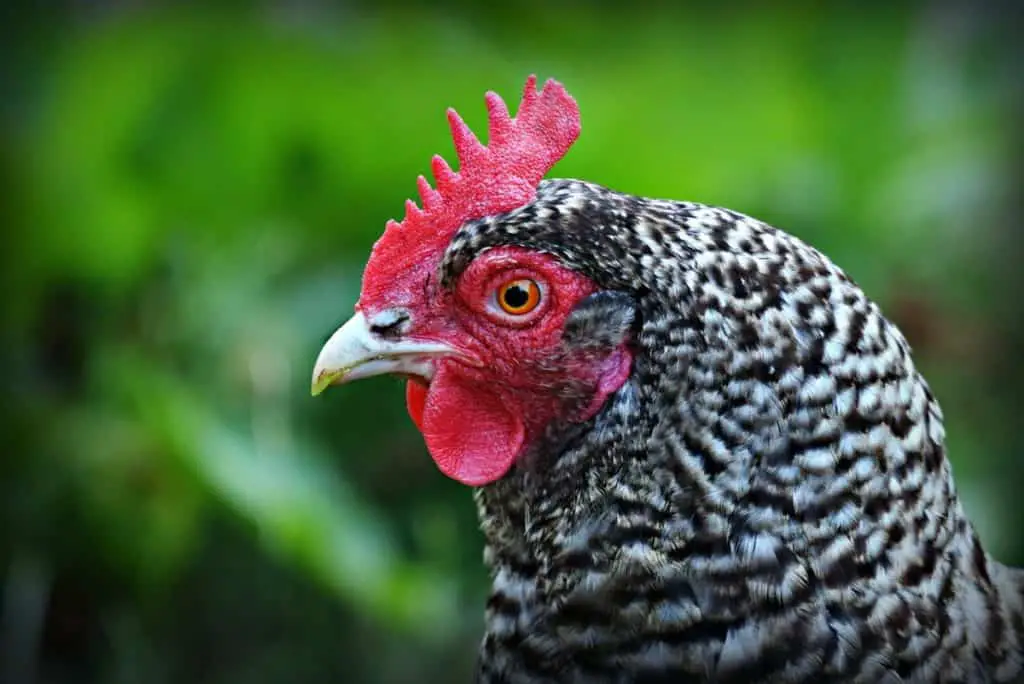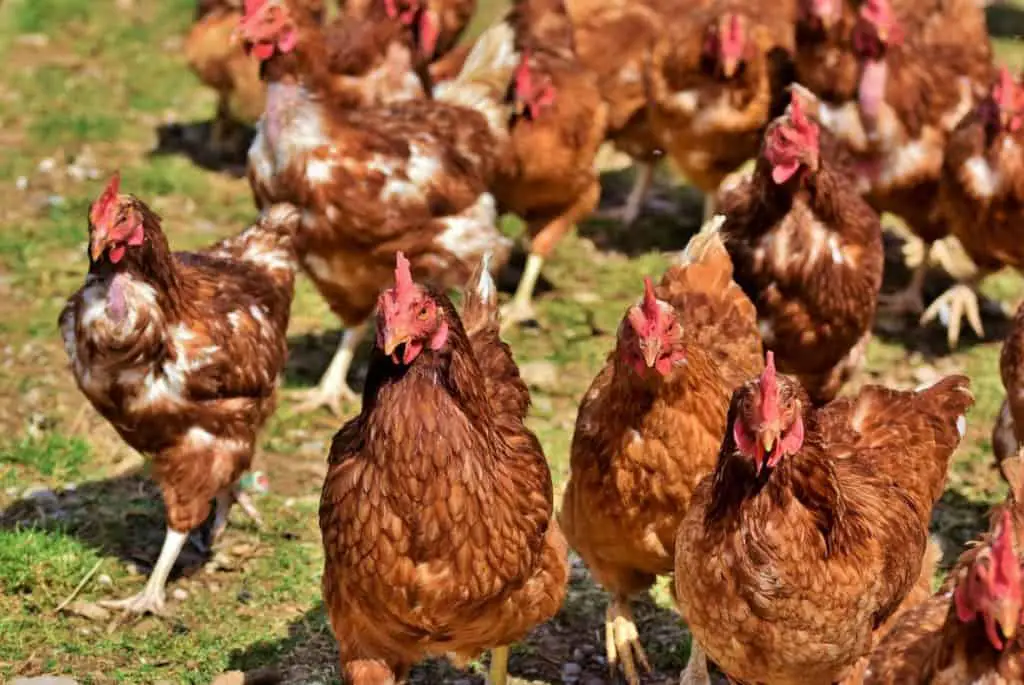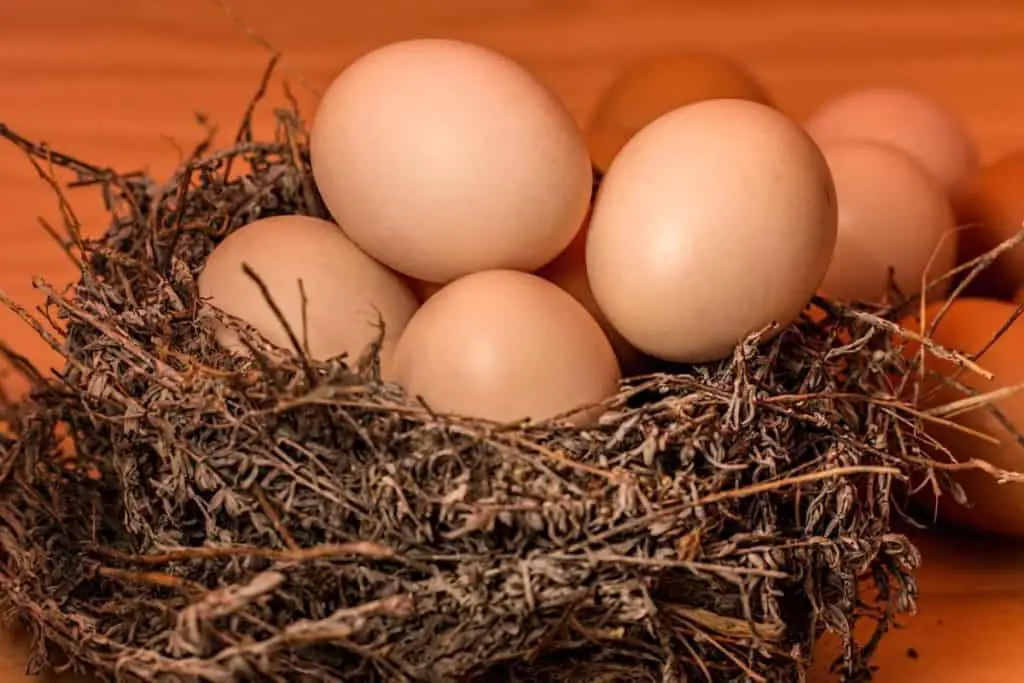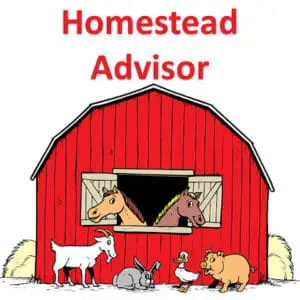
Of all the critters to choose from to stock your homestead, chickens should be a no-brainer. Whether you have an urban backyard or have found yourself a few acres in the country, the backyard chicken can be one of your greatest assets. They provide eggs, meat, manure, and insect control to name a few of their benefits.
There are more breeds of chickens than I can possibly go into here. Let me tell you about a few breeds that I have personal experience with. These will be birds that will help you bring your backyard into egg production.
The breed (or breeds) that you select should be chosen for their ability to bring something to your table.
Backyard Egg Production
First of all, are you wanting a chicken for egg production, or for meat? Or both? Some breeds lend themselves to producing both eggs and meat. If that’s your ultimate goal, these are the ones you might want to consider. The breeds I will recommend are some obvious choices.
For a dual-purpose bird (meat and eggs) I would suggest you think about Orpingtons, Rhode Island Reds, Barred Rocks or perhaps a Sex Link. The Sex Link comes in red and black. They are called “Sex Link” because as soon as they are hatched, they can identify the gender, just by their markings.
Other chicks have to be turned upside down to check. They squeeze them and squirt stuff out and… well, let’s just say it’s not too pretty. Even then, determining the sex of a day-old chick is a skill that takes a long time to develop, and I couldn’t do it if my life depended on it.
I have found that the sex link hen it’s one of the best layers, and grows to be a large enough bird to make it a good meat bird also. They are one of the best layers I’ve ever had. They seem to lay well year-round. Even in the winter. Some breeds don’t lay well in the winter.

Ranked up there (as far as I’m concerned) is the Barred rock, as they are great layers too. They will pretty much lay year-round too. Very friendly.
Rhode Island Reds, are said to be one of the best laying chickens out there. They are a very old breed and are a staple on some farms.
So, it really is important to take care as you select the breed you want. Right now, as part of my flock, I have six Black Australorp hens, 3 Barred Rock (also called a Plymouth Rock) and one Black Australorp rooster. They are beautiful and are great layers. The Barred Rock and Australorps lay large to extra-large eggs. Very nice.
Backyard Meat Production
As a rule, I don’t butcher many chickens. I’ve done it, but it’s not something I do a lot. Why? Well, when the hens aren’t laying anymore, or have slowed down dramatically, they are getting older. Usually, around two years old they’ll start slowing down on their egg production. They don’t necessarily STOP, but will definitely slow down.
At that time, is when our grandparents would put them in the freezer. But, I found out that their meat is pretty tough when they are “older”. That’s why I don’t (and lots of folks don’t) butcher them for meat. I usually just put an ad on Craigslist and sell them (cheap), and buy more young ones. I’ve never had any problems selling them. Never.

Buying your flock
If you are fortunate enough to have someone close to you that will sell you young chickens, buy them! That’s the easiest way to get started. Raising them from day-old chicks is a pain… A PAIN. If you can’t find someone to sell you some young ones, you will probably have to buy day-old chicks.
Thankfully, I live in East Texas and have access to ChickenVille USA. That’s right, “ChickenVille“. They sell 10-week old pullets (a “pullet” is a young female) and they are a great place to get them. I don’t think they ship them, so you would have to go pick them up (around the Dallas area).
I have also dealt with McMurray hatchery (online) on several occasions. They sell day-old chicks. I have found them to be professional, and have healthy stock, as well as great service. All the breeds discussed above can be found there, as well as dozens more.
If you do buy day-old chicks, you will need to build a brooder before they come in the mail. (By the way, your local Post Office will love having a box of chirping chicks indoors. They are loud).
The Brooder
Back to building a “Brooder”. This is pretty easy to do. You can make a brooder out of a cardboard box, or anything else that has sidewalls. I have even used a small wading pool as a brooder. You just need to make sure the sidewalls are high enough to keep the chicks from jumping out (about 10-12 inches.
Some sort of heat source will need to be placed above it. I’ve always hung a 250-watt heat lamp about 12 inches above the brooder. You want to give the chicks enough space that if they get too hot, they can move away from the light, so make the brooder as large as you can.
The temperature needs to be between 95 and 100 degrees at first. After a few days, they will begin to grow feathers. You can raise the height of the light, which will decrease the temperature in the brooder. Every week you should drop the temp about 5 degrees. If the chicks get too cold, they will move under the light. If they get too hot, they will move away.
If you are doing this in the spring, and live where the climate is not too cold, you might get away with using a 100w light bulb instead of a heat lamp, thus saving you money on electricity.
After a while, when they get completely feathered out, they shouldn’t need any heat source. Also, be aware that the chicks will need to be fed “Chick Starter” not just regular chicken feed. It is higher in protein and will give them a much better start.
After they are about 4-6 weeks old, they can be put outside. Keep in mind that they need to be feathered out pretty well if it is cold where you live, or you will still need to provide a heat source.
Predators
Now that they are outside, remember… everything… and I do mean everything that lives in the woods around you think you brought the chickens to your place to feed them. Here’s an article I wrote about controlling Predators.
It seems that there are more predators out there than you can shake a stick at. They include foxes, wolves, possums, skunks, raccoons, hawks and owls… not to mention the neighbor’s dog, and maybe even your own. I have gone through several dogs, and have only found a couple, that didn’t pay them any attention.
Your chicken coop should be closed at night, and secured against any of the above, or you WILL be feeding the local wildlife. I lost 13 hens to a possum in 3 nights. I had left a VERY small opening at the top of the coop, and he went in and helped himself to some chicken dinner. Heck, I might as well have put some biscuits and gravy out for him too. I fed him well. But then the Lord called the poor possum home… (if you know what I mean).
You can even make a moveable chicken pen, called a “chicken tractor”. As you move it around it gives them fresh grass/bugs/worms to eat, and fertilizes your yard to boot. How cool is that?
I’ve got a Greenhouse design that can easily be converted to a portable Chicken Coop. In fact, I made a chicken coop using this design and so have dozens of other folks. You can take a closer look by following this link to my Greenhouse Page. Even if you don’t need a greenhouse, this could be just what you need to make a chicken coop or garden shed. Check it out.
Also, an often asked question is… do I need a rooster? Depends.
If you are in the city and have neighbors that want to sleep past 5:30 AM…
I would say… Uhhhhh… No.

Roosters are not essential for egg production, only for fertilizing the eggs (you remember the birds and the bees, right?) So, you don’t have to have one. Personally, I like to hear them crow… makes it sound more like a farm (my bedroom window is NOT close to the chicken house)
What About Going Free Range?
If you can, let your flock free-range during the day. This will cut down dramatically on your feed bill. When they are out eating bugs and worms, they are not inside eating the feed you bought.
Chickens can provide so much food (and fun) that I can’t understand why anyone who can have them would not have them.
Entire books have been written about their care and benefits, so I won’t keep you any longer, but I do want to encourage you to start your flock soon, and discover Da Benefits of Da Bird!
One of the benefits…

Thanks for checking out this blog. I hope it’s helped you make some decisions about raising chickens. I hope you’ll try it.
I have around 800 Videos on My YouTube Channel related to Backyard Chickens, and everything else about a Homestead lifestyle.


